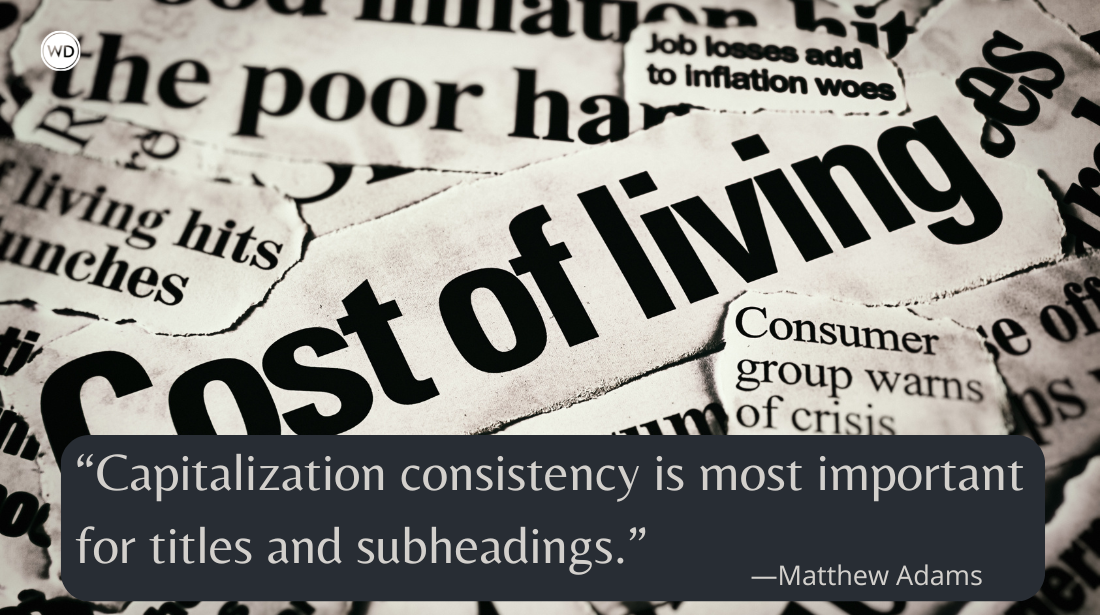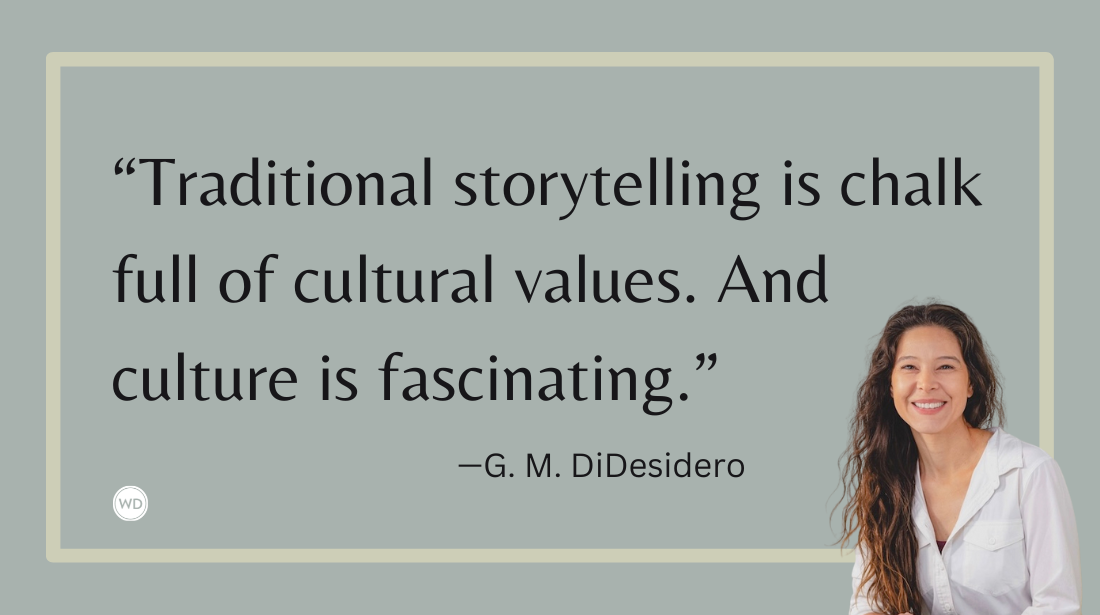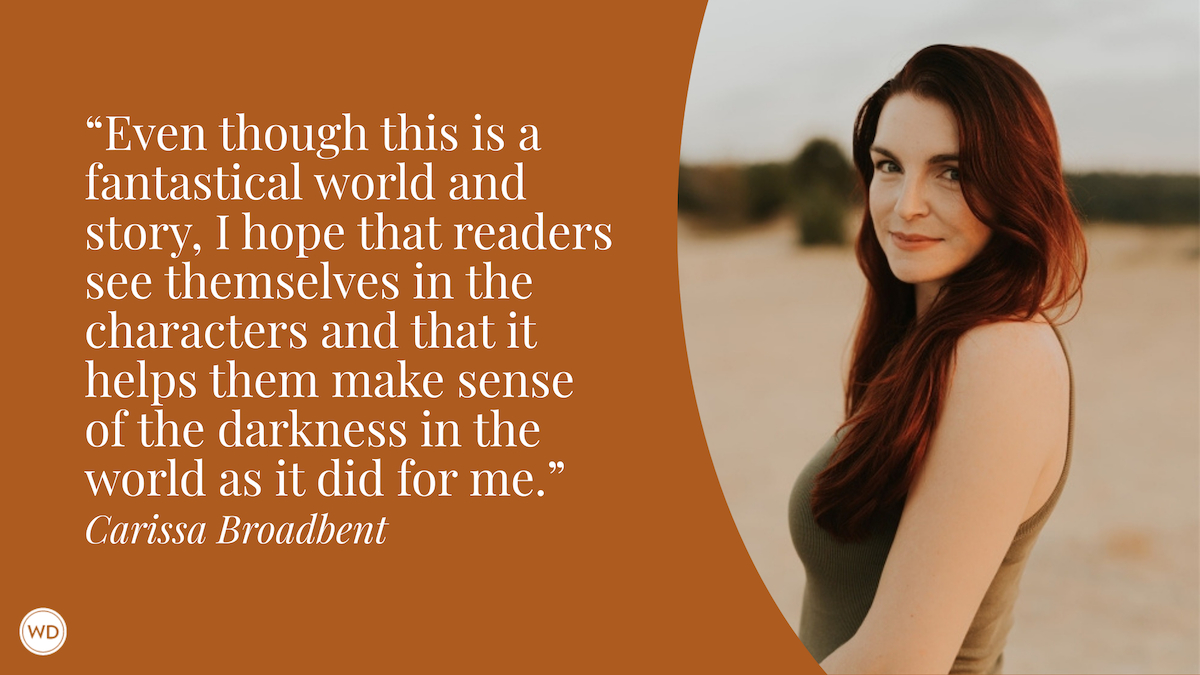5 Things To Consider When Retelling a Traditional Folk Tale
Respecting its history, learning from others, and more—author Yaffa S. Santos shares five things to consider when retelling a traditional folk tale.
Spinning a modern version of a traditional folk tale can bring joy, and it can also come with the pressure to represent the story well. When it comes to time-tested tales, there are often many different versions, and most everyone has an opinion on how the story “should” go. To put your own contemporary twist on a folk tale and come out on the other side with more fun than stress, here are five points to consider.
Please note: These are five things to consider when thinking about retelling a traditional folk tale from a heritage of your own. If you’re thinking about retelling a folk tale from someone else’s heritage, you’ll want to ask yourself if you are the right person to retell this folk tale. If you believe the answer is yes, please consider enlisting a sensitivity reader to help you ensure that there is nothing in your rendition that is harmful to the people of that heritage.
1. Do Your Research
Yes, you have decided to put your own spin on the story, but you still have to be informed about what exactly you’re putting your spin on. Try to read as many sources as you can. There are so many variations of traditional folk tales that the more you read, the more ideas you will have to play with.
When I was doing research for A Touch of Moonlight, I looked up everything I could find related to the ciguapa in Dominican folklore. I read articles and watched videos, but the most fruitful research for me came from talking to others. Which brings me to the next point ...
2. Listen to Your Elders
Not only did they grow up with these stories too, but they also grew up with these stories before you did. One of the most eye-opening research steps when preparing to write A Touch of Moonlight was asking my elders if they had ever seen a ciguapa.
One elder family member told me that he had seen a ciguapa on various occasions, most of all in the southern region of Dominican Republic. He told me that the ciguapa was beautiful and scary. Another family elder gave me a no-nonsense “yes,” as if I’d just asked her if she’d ever seen a tomato. The way their stories interwove magic with a sense of everyday practicality gave me plenty of ideas for how to approach Larimar’s everyday life.
IndieBound | Bookshop | Amazon
[WD uses affiliate links.]
3. Keep in Mind That Others Will Have a Different Version of the Story, and That’s Okay
Some people will swear up and down that the mythical creature always does X or never looks like Y. Ultimately, it’s a moot point, since we are talking about magical beings. You will need to agree to disagree with others about the features of your folk tale character in order to make your own version. If you are modernizing a centuries-old legend, there will be some who disagree with your rendition. It’s okay.
4. Tease Out What You Love About the Folk Tale
What was it about this folk tale that got the wheels of your imagination turning in the first place? Does this character have any magical abilities you wish you could have yourself? These are all elements you want to draw from to bring your character(s) to life.
When it came to Larimar’s story, what I loved about her character was that I envisioned a spirited, sharp-tongued person who also happened to have a magical side. She has a fierce love for her family, her work, and her friends, and she is grappling with how to be herself and also how to let go enough to let new people in. She is constantly renegotiating what it means to be herself in a world that wasn’t made with her in mind and figuring out what it means to give herself permission to take up space in that world.
5. Use Details to Make It Real
If you are writing a modern version of your folk tale, odds are you’re planning to place your mythical character in a real-world setting. Remember that you will still need to give your character those special little quirks that help others relate to and connect with them. For A Touch of Moonlight, I found that the more mundane the detail, the better. Yes, Larimar is a ciguapa, a mythical being from Dominican folklore. But she also likes coffee and takes the New Jersey Transit train to work every day. The more you are able to cement the magical elements in the everyday world, the more they will shine.
Yaffa S. Santos is the author of A Taste of Sage. Born and raised in New Jersey, she is a graduate of Sarah Lawrence College, where she studied writing and visual art. Yaffa has lived in New York, Philadelphia, Santo Domingo, and now lives in Florida with her family. You can find her on Instagram @yaffasantos.author.









